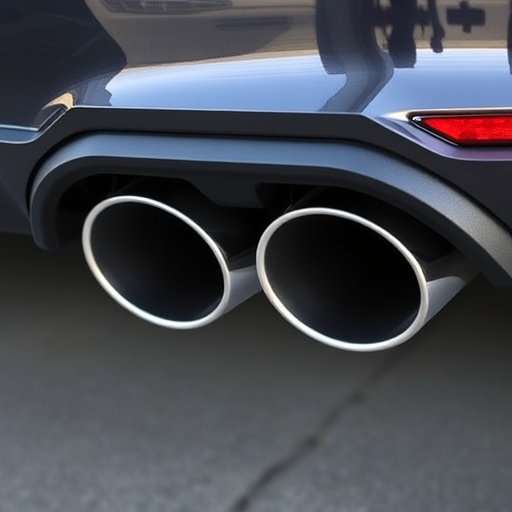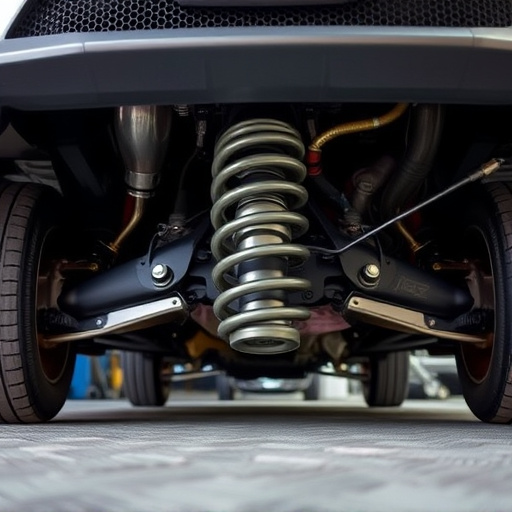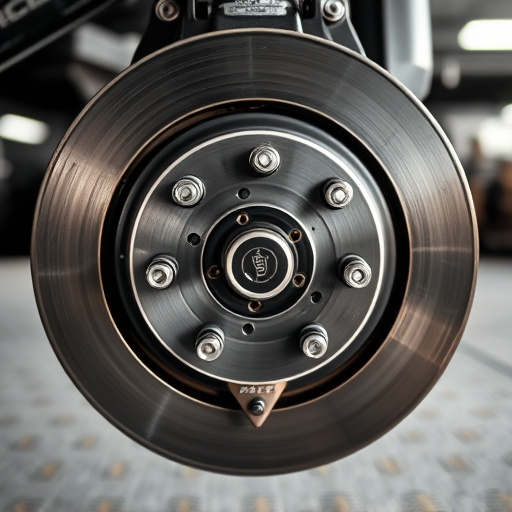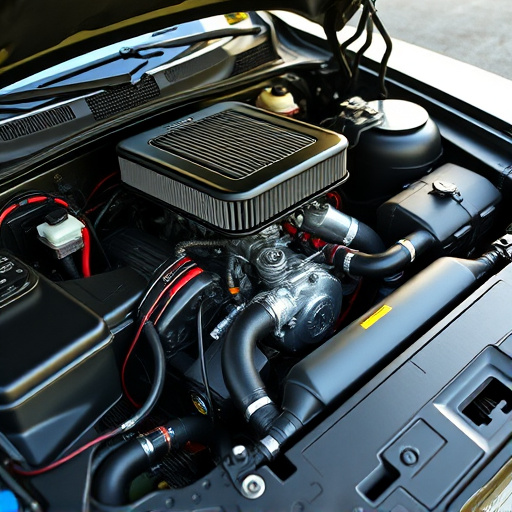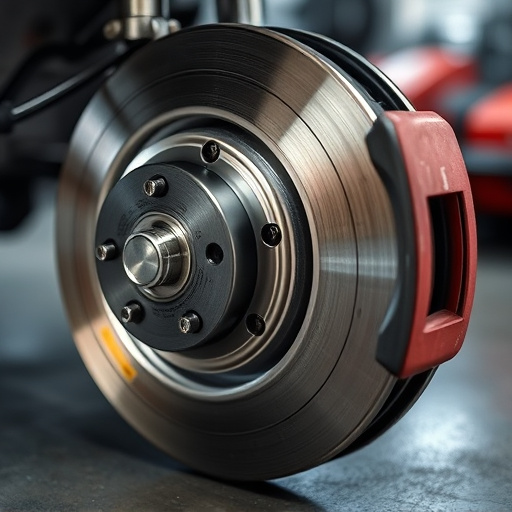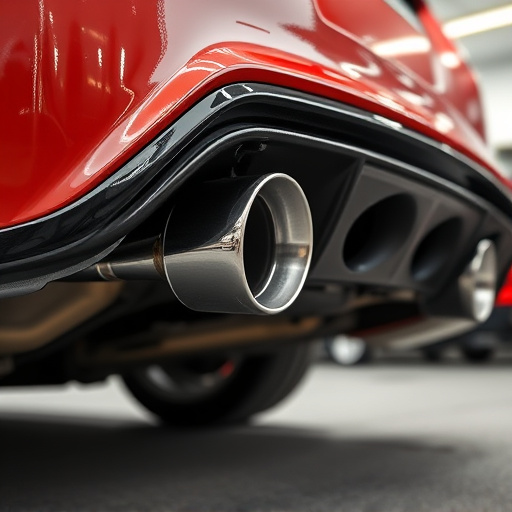A turbo wastegate, a vital component in turbocharged engines, controls exhaust gas flow to manage turbine speed and optimize performance under varying loads. However, issues like leaks, worn seals, mechanical failures, heat, and corrosion can reduce power, increase fuel consumption, and damage other systems. Upgrading to a reliable turbo wastegate significantly enhances engine response, power delivery, combustion efficiency, fuel economy, acceleration, and reduces emissions, making it an ideal choice for maximizing turbocharging potential while promoting environmental sustainability.
A turbo wastegate is an essential component for maintaining optimal turbocharger performance and reliability. This article delves into the critical role of the turbo wastegate, exploring its function in managing exhaust gases and regulating boost pressure. We examine common issues and failures that can occur, highlighting the importance of a robust wastegate. Additionally, we discuss the advantages of upgrading to a high-quality turbo wastegate for enhanced efficiency and trouble-free operation.
- Understanding the Role of a Turbo Wastegate
- Common Issues and Failures in Turbo Wastegates
- The Benefits of Upgrading to a Reliable Wastegate
Understanding the Role of a Turbo Wastegate
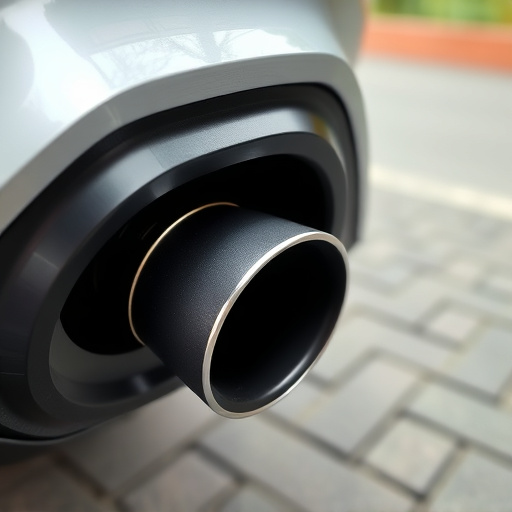
The turbo wastegate plays a pivotal role in regulating the flow of exhaust gases from the engine to ensure optimal and reliable turbocharger operation. Acting as a valve, it controls the amount of pressure within the turbine housing, allowing for precise management of turbine speed. This is crucial for maintaining engine efficiency, especially under varying load conditions. When the engine demands more power, the wastegate opens to direct more exhaust gas through the turbocharger, boosting compression and increasing output.
Understanding the interaction between the turbo wastegate and other high-performance parts, such as brake rotors and intake components, is essential for tuning a turbocharged engine. Proper adjustment of the wastegate ensures a smooth transition between power delivery and fuel efficiency. This synchronization is key to unlocking the full potential of any performance vehicle equipped with a turbocharger, ensuring both powerful acceleration and efficient cruising.
Common Issues and Failures in Turbo Wastegates
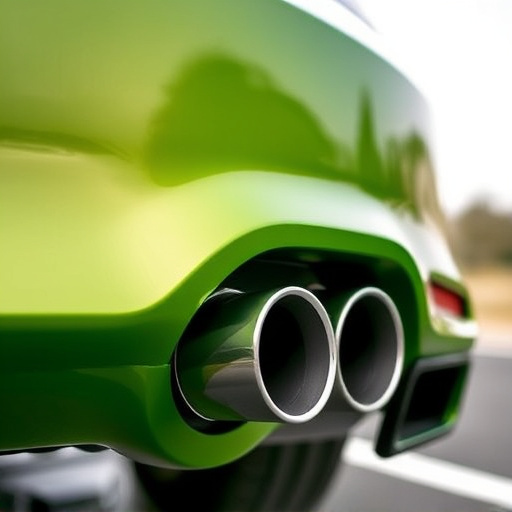
Turbo wastegates are a critical component in turbocharger systems, facilitating efficient exhaust gas expulsion and ensuring optimal performance. However, they can be prone to several common issues and failures. One of the most frequent problems is leaks, which can occur due to worn-out seals or improper installation, leading to reduced engine power and increased fuel consumption. Additionally, mechanical failures such as damaged or bent wastegate valves can cause the valve to stick open or closed, resulting in poor turbocharger response and potentially damaging the engine.
Another area of concern is the impact of heat and corrosion on the wastegate’s internal components. Extreme temperatures from high-performance engines can accelerate wear and tear, while corrosive exhaust gases can eat away at metal parts over time. This deterioration can trigger unexpected malfunctions, affecting not just the turbo wastegate but also interconnected systems like performance brakes, muffler tips, and even coilover kits, ultimately compromising overall vehicle performance.
The Benefits of Upgrading to a Reliable Wastegate
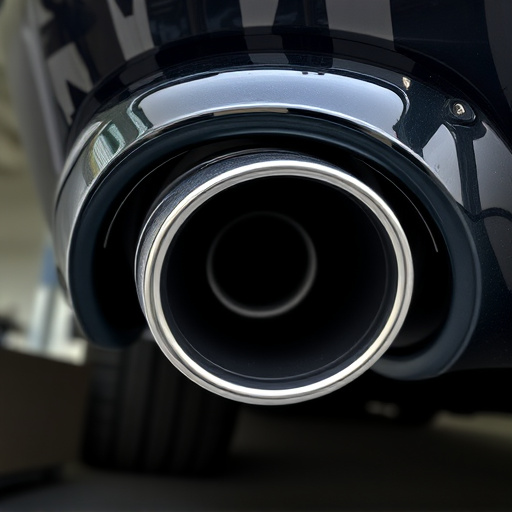
Upgrading to a reliable turbo wastegate offers significant advantages for any vehicle equipped with a turbocharger. One of the key benefits is improved performance and efficiency. A modern, high-quality wastegate enhances engine response and power delivery, ensuring smoother acceleration and a more responsive driving experience. This upgrade is especially beneficial for those seeking to unlock the full potential of their vehicle’s turbocharging system.
Moreover, a well-designed turbo wastegate contributes to better fuel economy and reduced emissions. By controlling exhaust gas flow more precisely, it optimizes combustion, leading to improved thermodynamic efficiency. This results in less unburned fuel being expelled, which is not only better for the environment but also reduces running costs associated with high-performance parts like coilover kits and muffler tips.
In conclusion, understanding the critical role of a turbo wastegate is essential for ensuring reliable turbocharger operation. By addressing common issues and failures, and considering the benefits of upgrading to a more robust wastegate, vehicle owners can significantly enhance their engine’s performance and overall efficiency. A well-functioning turbo wastegate is key to unlocking the full potential of turbocharged engines, making it an indispensable component in today’s high-performance automotive landscape.

